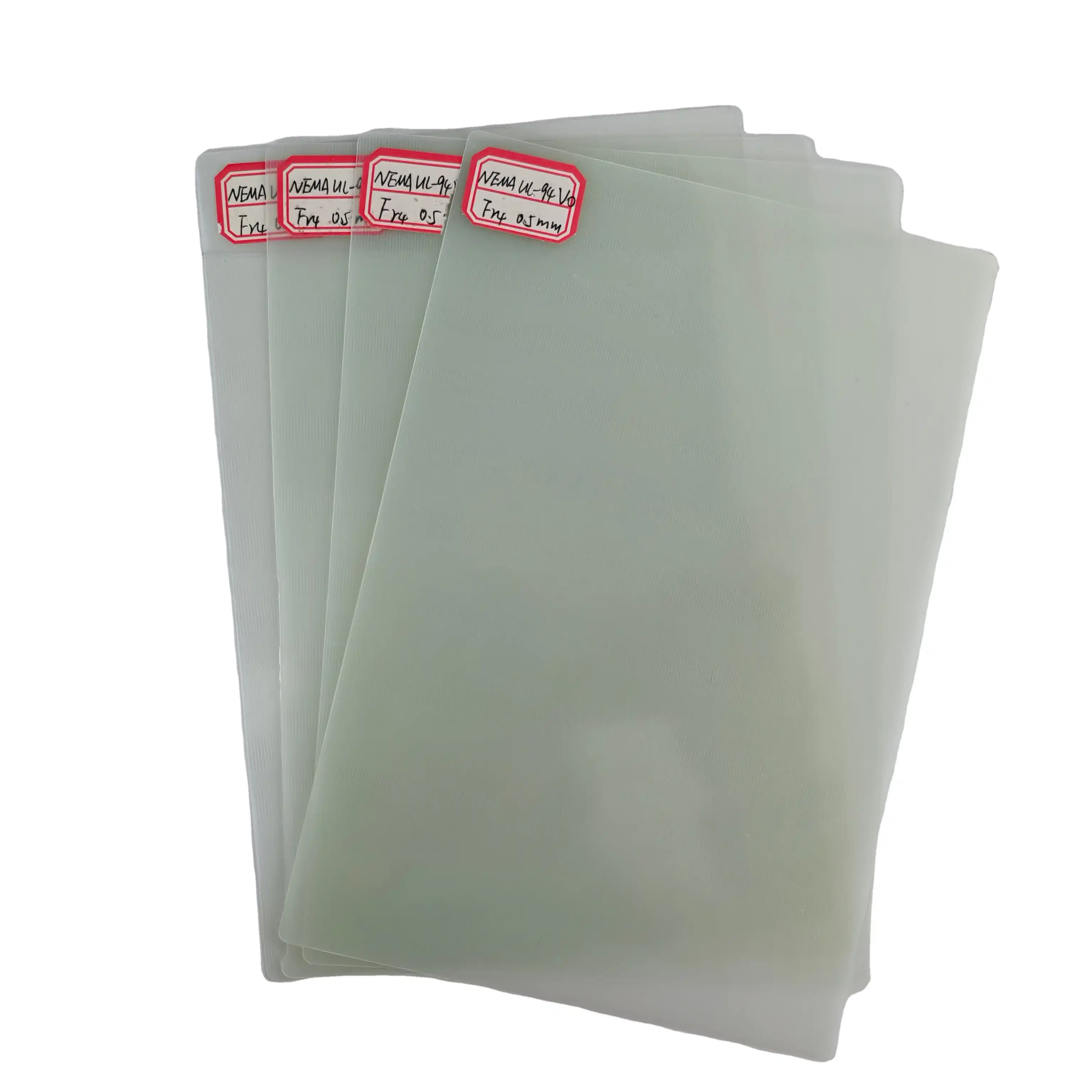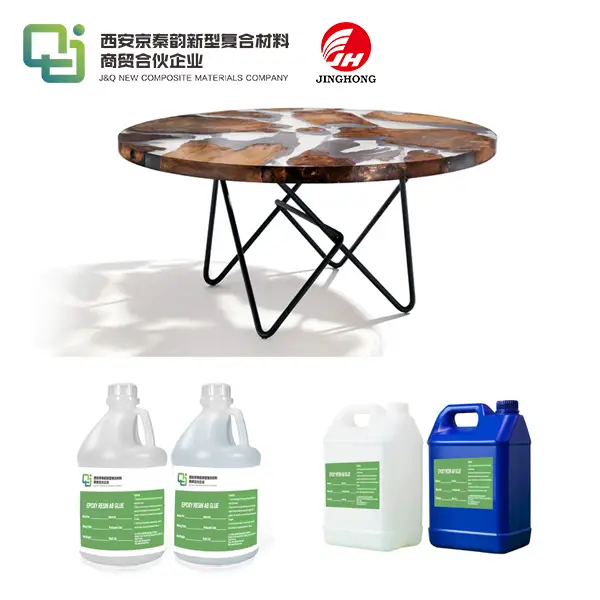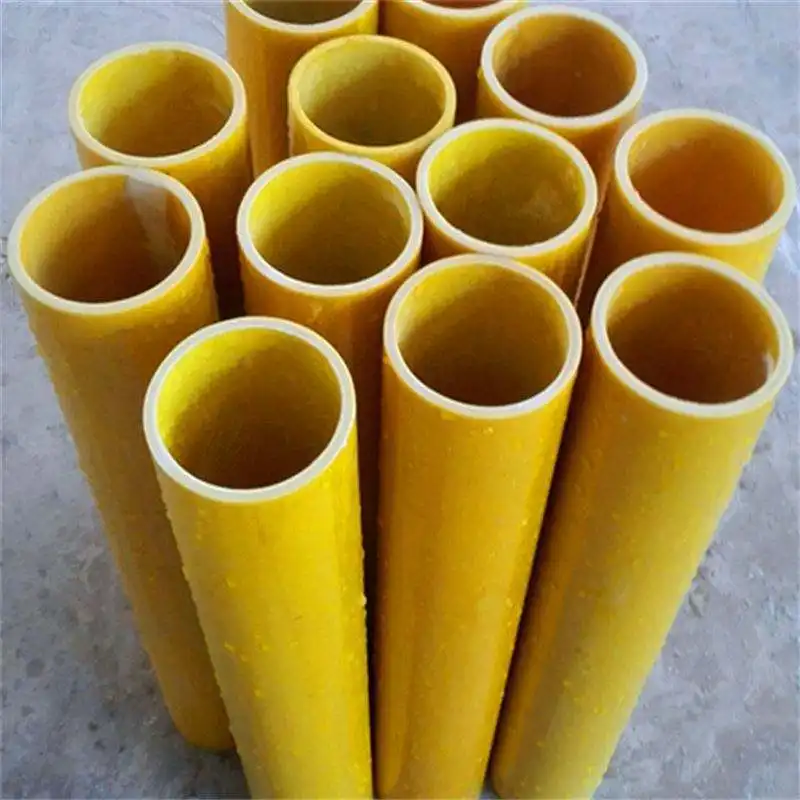Are 3240 Epoxy Sheets Resistant to UV Radiation?
2024-07-03 16:29:01
Introduction
3240 epoxy sheet is preferred for a wide range of industrial applications due to their excellent mechanical, electrical, and thermal properties. However, a material's resistance to ultraviolet (UV) radiation is an important factor to take into account when working in harsh or outdoor conditions. UV light has the potential to significantly degrade materials, resulting in a decrease in their mechanical properties, discoloration, and overall deterioration. This blog will examine the composition, performance under UV exposure, and practical applications of 3240 epoxy sheets to determine whether they are UV-resistant.
What Makes 3240 Epoxy Sheets Resistant to UV Radiation?
1.Composition and Material Properties
The opposition of 3240 epoxy sheets to UV radiation fundamentally relies upon their arrangement and the inborn properties of the materials utilized.
- Resin of Epoxy: The epoxy pitch in 3240 sheets is a thermosetting polymer known for areas of strength for its properties, synthetic obstruction, and mechanical strength. However, prolonged UV exposure can degrade standard epoxy resins, resulting in yellowing, chalking, and a decrease in mechanical integrity. Epoxy formulations frequently contain UV stabilizers and absorbers to improve UV resistance. UV radiation is prevented from reaching the polymer chains and causing degradation by these additives' ability to absorb it.
- Woven Glass Texture: The woven glass texture utilized in epoxy sheet give underlying support. Glass fibers are UV-resistant by nature and do not degrade when exposed to UV light. A composite material with enhanced UV resistance is created when epoxy resin that has been UV-stabilized and glass fabric are incorporated together.
2. UV Absorbers and Stabilizers
UV stabilizers and absorbers are essential for increasing 3240 epoxy sheets' UV resistance. These added substances can be sorted into a few kinds:
- HALS stands for hindered amine light stabilizers:HALS are able to scavenge UV-generated free radicals, preventing the breakdown of polymer chains, which is why they are so useful. They help preserve the epoxy resin's mechanical properties and provide long-term UV protection.
- UV Safeguards: UV absorbers function by converting UV radiation into thermal energy that is less harmful. Benzophenones and benzotriazoles are two common UV absorbers that effectively shield epoxy resin from UV degradation.
- Antioxidants: The epoxy formulation contains antioxidants to prevent UV-induced oxidative degradation. They work by killing free revolutionaries and forestalling the arrangement of peroxides, which can prompt polymer breakdown.
3.Manufacturing Cycle
The UV resistance of the products is also influenced by the manufacturing process. Legitimate restoring and cross-connecting of the epoxy pitch guarantee that the material accomplishes ideal mechanical and warm properties. Additionally, uniform distribution of these additives throughout the material and consistent UV protection are guaranteed by the incorporation of UV stabilizers and absorbers during the manufacturing process.
The 3240 epoxy sheets' composition, which includes the use of UV-stabilized epoxy resin and woven glass fabric as well as the incorporation of UV stabilizers and absorbers, is the primary factor that determines their UV resistance. These elements by and large upgrade the material's protection from UV radiation, making it reasonable for open air and cruel climate applications.

How Do 3240 Epoxy Sheets Perform Under UV Exposure?
1. Testing and Evaluation
Accelerated weathering tests are typically used to assess the 3240 epoxy sheets' UV resistance. To assess the material's durability and resistance to degradation, these tests simulate prolonged exposure to UV radiation and other environmental factors.
- Arc Xenon Testing: Xenon circular segment testing is normally used to assess the UV obstruction of materials. it is subjected to intense xenon arc lamps that resemble natural sunlight and provide UV radiation in this test. Changes in the material's appearance, mechanical properties, and chemical composition are used to determine its performance.
- UV Fluorescent Testing: UV fluorescent testing includes presenting the material to UV fluorescent lights that produce UV radiation at explicit frequencies. This test is utilized to assess the material's protection from UV-incited debasement and staining.
- Open air Enduring: To assess the material's performance in real-world conditions, outdoor weathering tests are carried out in addition to laboratory tests. In order to evaluate their UV resistance and long-term durability, 3240 epoxy sheets are exposed to natural sunlight, changes in temperature, and moisture.
2. Metrics for Performance:
The UV resistance of 3240 epoxy sheet is evaluated using a number of performance metrics:
- Color Consistency: Color stability is one of the primary indicators of UV degradation. Epoxy resin can become yellowed and discolored as a result of UV radiation. The material's color stability is preserved thanks to the inclusion of UV stabilizers and absorbers, which prevent significant changes in appearance.
- Physical Characteristics: UV openness can prompt a decrease in mechanical properties like rigidity, flexural strength, and effect opposition. UV-balanced out the products are intended to keep up with their mechanical trustworthiness even after delayed UV openness.
- Decay of the Surface: Surface degrading by UV radiation can result in chalking and the development of microcracks. UV-balanced out epoxy sheets display insignificant surface corruption, keeping up with their smooth surface and forestalling dampness entrance.
3.Case Examinations and Commonsense Applications
(1) Outdoor Electrical Hardware
It is normally utilized in outside electrical hardware, where openness to UV radiation is unavoidable. Some examples are:
- Enclosures for Transformers: Transformer walled in areas produced using it give protection and security to electrical parts. The sheets' UV resistance prevents degradation caused by sunlight and ensures their long-term durability.
- Components of Solar Panels: Sun powered chargers and their related parts are presented to extreme daylight. 3240 epoxy sheets are utilized in the development of sun powered charger edges and supports, giving UV opposition and guaranteeing the primary trustworthiness of the boards.
(2) Uses in the Marine Sector:
Materials are subjected to harsh weather, saltwater, and ultraviolet light in marine environments. Due to their resistance to UV light and durability, the products are utilized in a variety of marine applications:
- Boat Structures and Decks: Boat hulls and decks are constructed with 3240 epoxy sheets, which provide UV resistance and prevent degradation from prolonged sunlight exposure.
- Electrical enclosures for boats: On boats and offshore platforms, electrical enclosures are subjected to UV light and corrosive environments. The performance and safety of electrical systems are guaranteed by the dependable insulation and protection provided by 3240 epoxy sheets.
What Are the Practical Applications of UV-Resistant 3240 Epoxy Sheets?
1. The Construction Sector
The development business benefits from the utilization of UV-safe 3240 epoxy sheets in different applications:
- Facades for Building: When building facades are constructed, it provide a long-lasting, UV-resistant exterior that keeps its appearance and structural integrity over time.
- Products for the Roof: Epoxy sheet in the form of roofing materials have excellent UV resistance, preventing degradation and providing long-term weatherproofing.
- Protection Boards: Insulation panels made of the products resist UV rays and provide thermal insulation, making them suitable for roofs and exterior walls.
2.Transportation Industry
In the transportation business, UV-safe 3240 epoxy sheets are utilized in different applications to improve solidness and execution:
- Car Parts: The UV resistance of it is advantageous for interior trim, dashboards, and body panels in automobiles. When exposed to sunlight, these materials prevent fading, discoloration, and degradation.
- Rail line Carriages: Rail route carriages presented to daylight utilize it for outside boards and inside parts, guaranteeing long haul sturdiness and keeping up with appearance.
- Components of an Aircraft: In the aeronautic trade, It is utilized in airplane parts like inside boards and underlying scaffoldings. These materials are UV-resistant, so even after prolonged exposure to sunlight at high altitudes, they keep their properties and appearance.
3.Renewable Energy Area
The sustainable power area depends on UV-safe materials to guarantee the life span and execution of hardware:
- Wind Turbine Edges: Blades of wind turbines are subjected to harsh weather and intense sunlight. The structural integrity and UV resistance of the products guarantee the blades' long-term performance.
- Sun powered charger Supports: Sunlight powered charger supports and mounting frameworks produced using it offer UV opposition, forestalling corruption and guaranteeing the security of sun oriented establishments.
4.Consumer Hardware:
Shopper hardware additionally benefit from the utilization of UV-safe 3240 epoxy sheets:
- Outside Electronic Gadgets: Open air electronic gadgets like surveillance cameras, weather conditions stations, and correspondence hardware utilize 3240 epoxy sheets for their nooks. The UV opposition of the sheets guarantees that the gadgets stay utilitarian and safeguarded from daylight instigated corruption.
- Compact Gadgets: Tablets and GPS units, two types of portable electronics that are frequently exposed to sunlight, use UV-resistant housings made of the products to keep their appearance and functionality.
Conclusion
UV-resistant 3240 epoxy sheet have numerous practical applications in a variety of industries, including consumer electronics, transportation, renewable energy, and construction. Their resistance to ultraviolet light makes sure that equipment and parts that are exposed to sunlight will last for a long time and look and work the same.
References
1. DuPont. "Epoxy Resins Technical Data." DuPont. https://www.dupont.com/epoxy-resins.html
2. 3M. "UV Resistant Materials for Outdoor Applications." 3M. https://www.3m.com/uv-resistant-materials
3. Siemens. "Insulating Materials in Electrical Equipment." Siemens. https://www.siemens.com/insulating-materials







